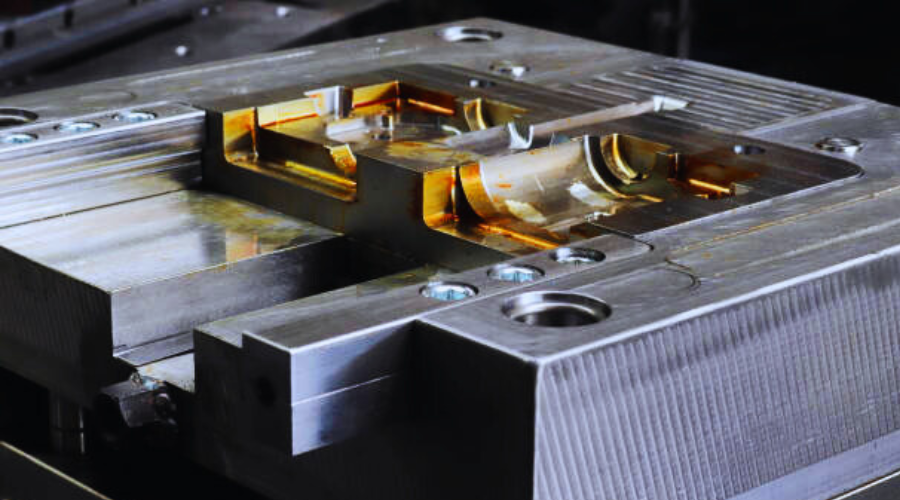
Rapid Injection Molding: Aluminum vs. Steel Mold Guide
Aluminum vs steel molds: Compare cost, speed, durability, and best applications for rapid injection molding to choose the right tooling for your project.
Blogs

Aluminum vs steel molds: Compare cost, speed, durability, and best applications for rapid injection molding to choose the right tooling for your project.
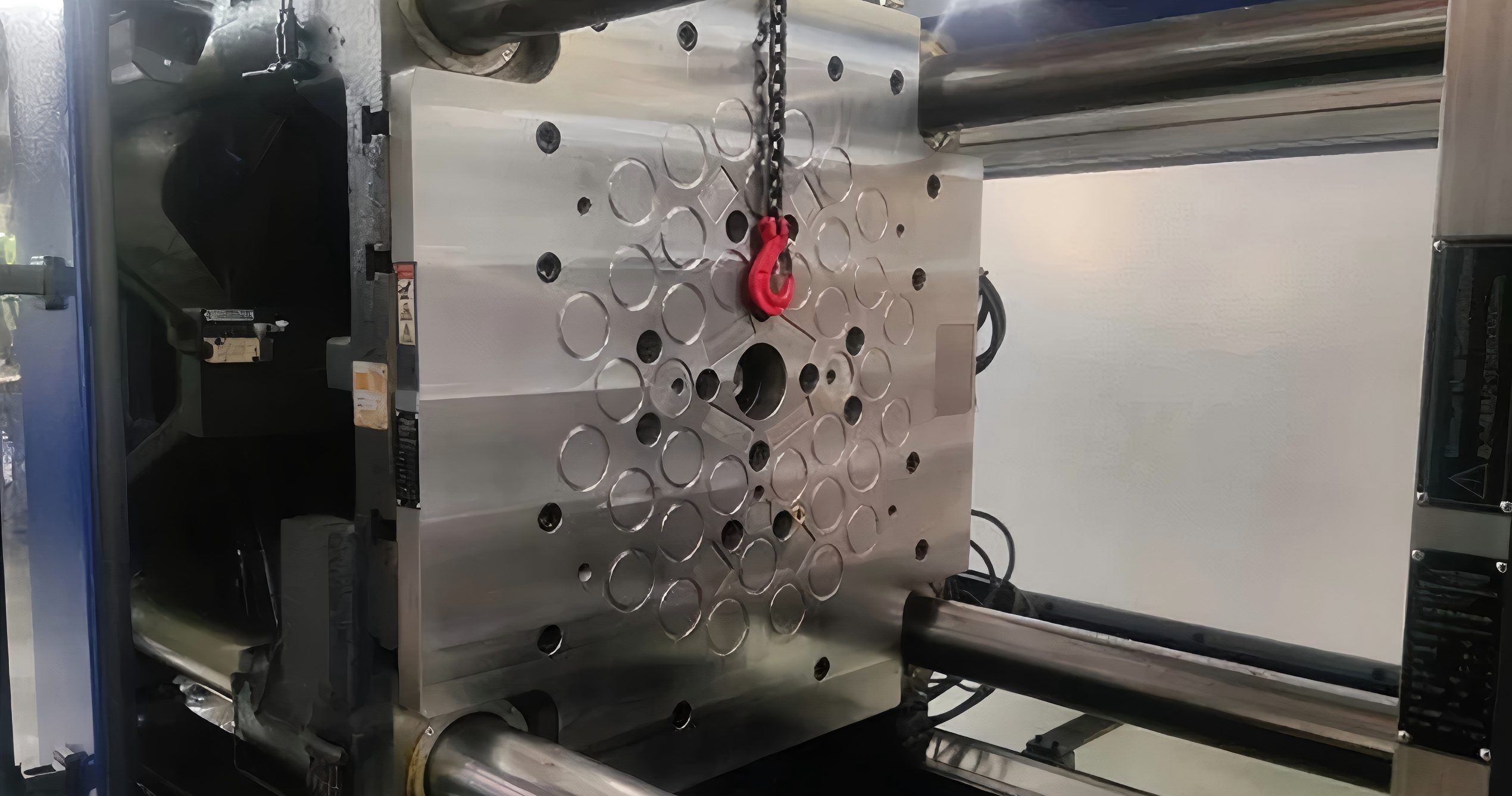
Discover which parts excel with vertical milling. From flat surfaces to complex pockets, explore HordRT’s precision CNC capabilities, material options, and design tips.

Eliminate warping and cracking. HordRT explains the causes of injection molding stress (flow vs. thermal) and offers DFM solutions for defect-free parts.
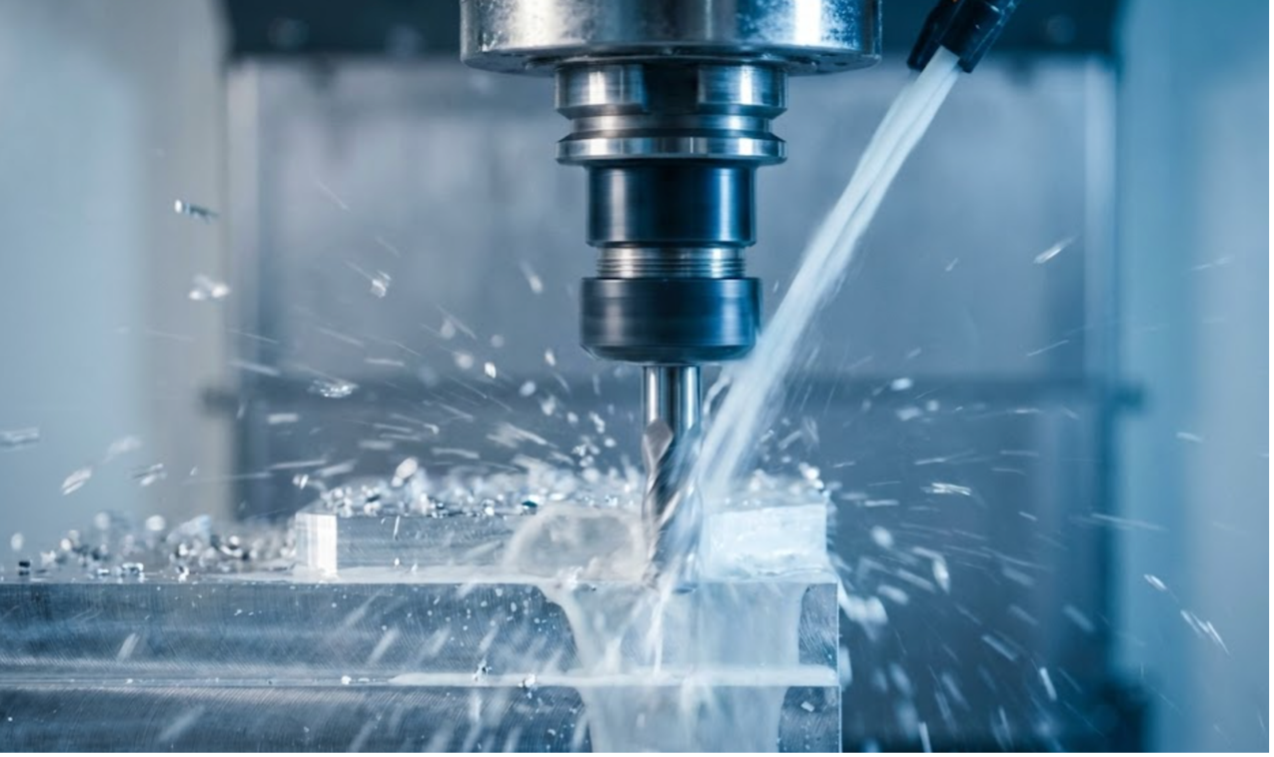
Discover which parts excel with vertical milling. From flat surfaces to complex pockets, explore HordRT’s precision CNC capabilities, material options, and design tips.
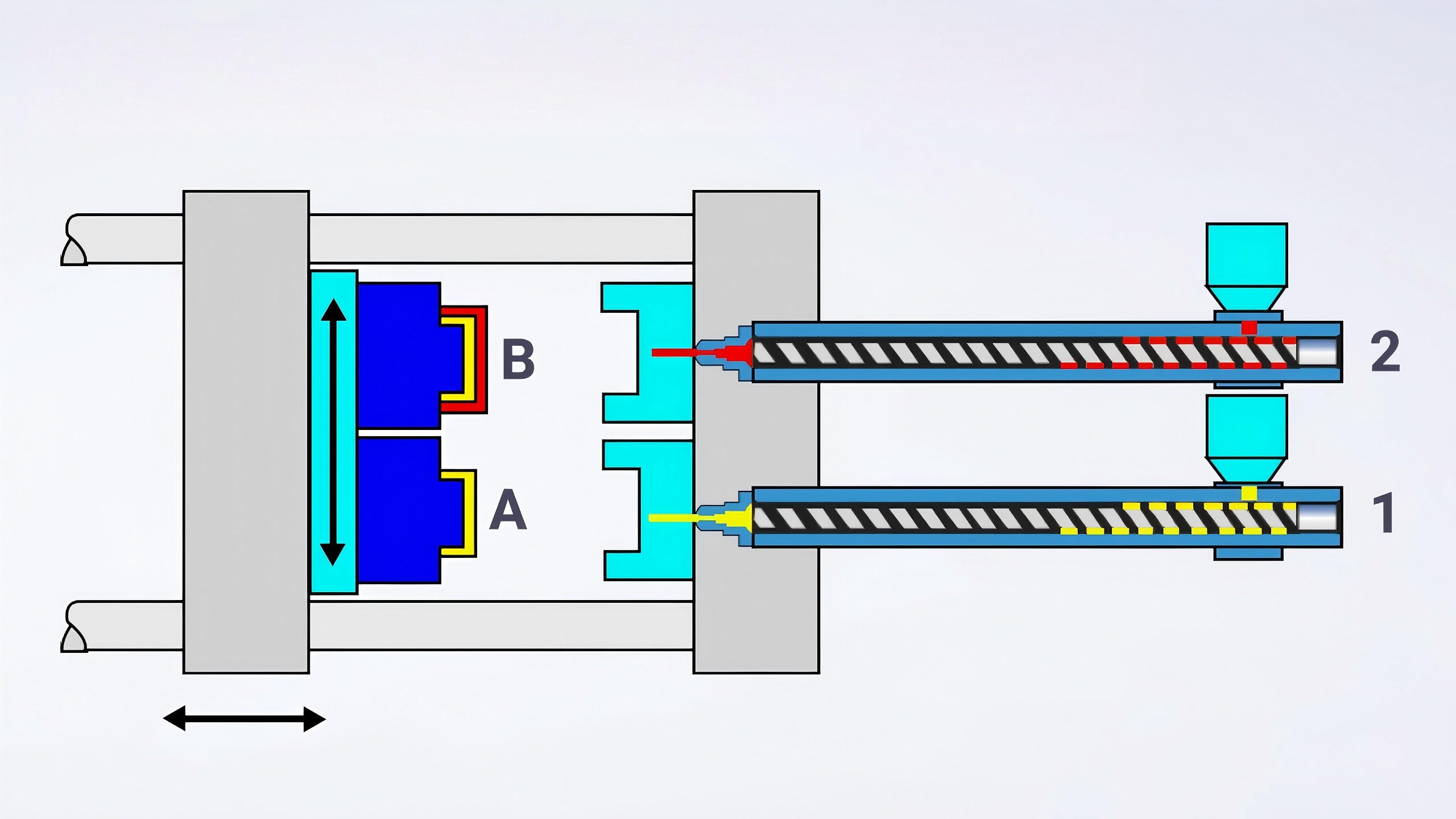
Explore the benefits, applications, and techniques of multi-material and two-color injection molding, and learn how HordRT can support your manufacturing needs.
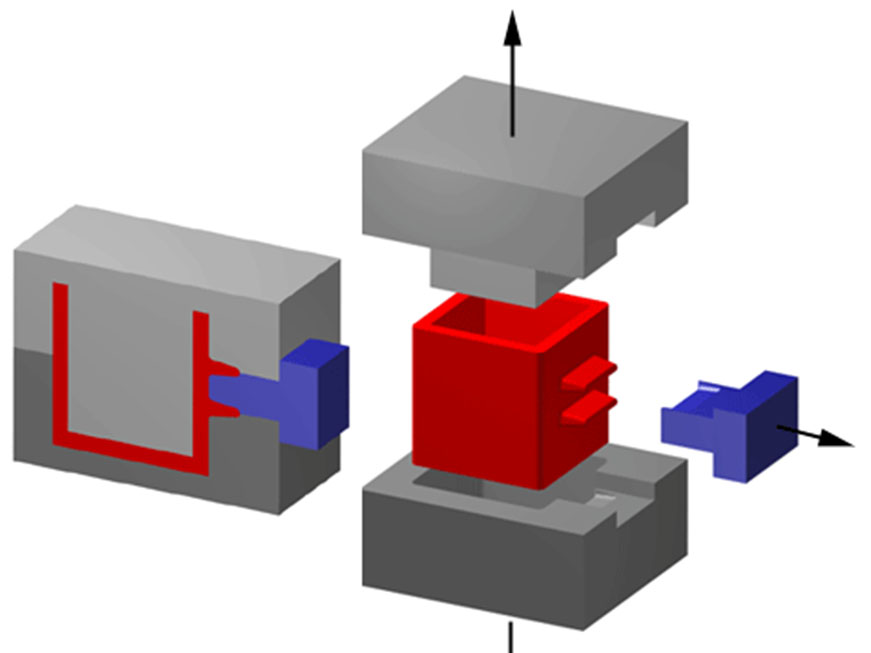
Design better injection-molded parts with side actions. Learn types, applications, design rules, and cost considerations to optimize complex plastic components.

Precision electronic prototyping is crucial for product development and testing before mass production. Material selection forms the backbone of successful CNC machining outcomes for electronic prototypes. The material choice must rightly balance the various technical specifications and constraints specific to the prototype design.

Blow molding and injection molding are two widely used methods for creating plastic products. Understanding the differences between these processes is essential for manufacturers looking to choose the most suitable method for their specific applications.

ABS injection molding stands at the forefront of modern manufacturing, offering a versatile and cost-effective solution for producing a wide range of plastic components. This article delves into the intricacies of ABS injection molding, exploring its definition, applications, and process.

In the realm of injection molding, choosing the right type of mold is a critical decision that can significantly impact the efficiency and cost-effectiveness of your project. Two common options for molding multiple parts simultaneously are multi-cavity molds and family molds. Each option comes with its advantages and considerations, making it essential for manufacturers to carefully evaluate their project requirements before making a choice.
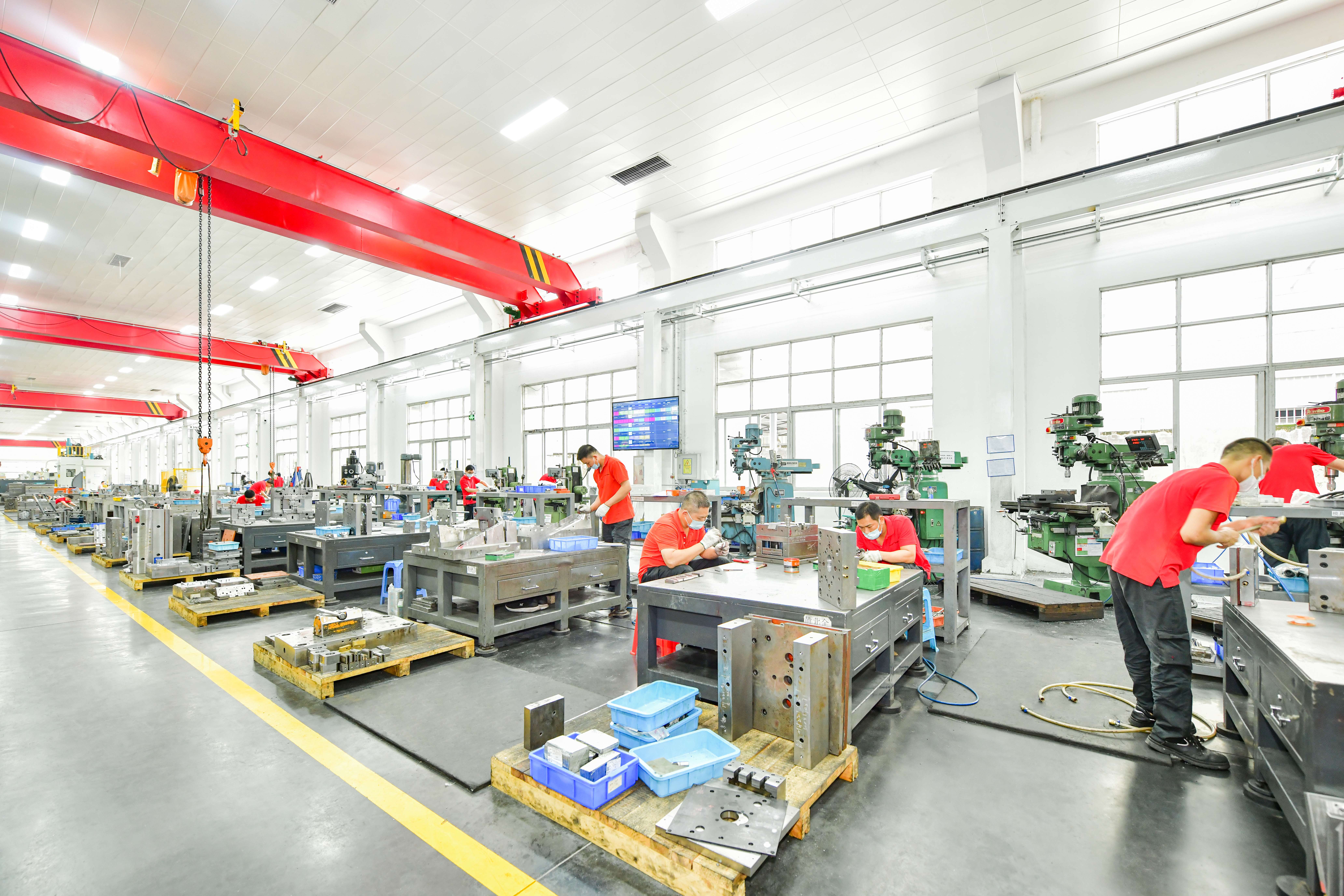
The automotive industry has always been at the forefront of technological advancements, and one of the latest trends shaping its landscape is on-demand manufacturing. On-demand manufacturing is emerging as a key player in this transformation, offering numerous benefits to both manufacturers and consumers.
Let us help you provide high quality parts in short time. Get your project started now!
Phone: +86 760 8612 9998
Tue–Sat, 8:30 AM–5:30 PM, CST
Mobile Phone:+86 198 0680 9560
Jessica; 8:30 AM–11:00 PM, CST
NO.222, YIXIAN ROAD, THE SIXTH INDUSTRIAL ZONE, NANLANG STREET, ZHONGSHAN CITY